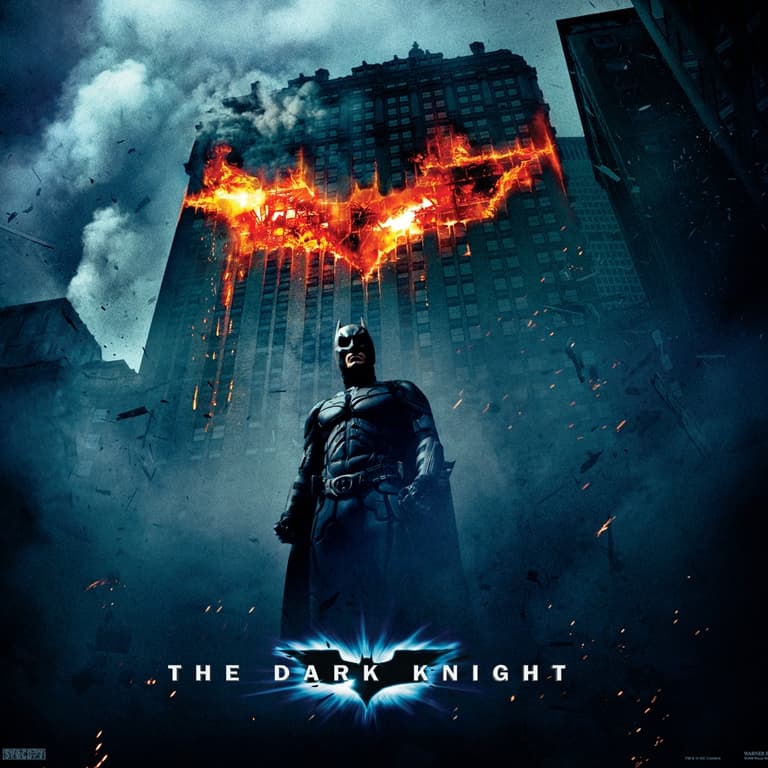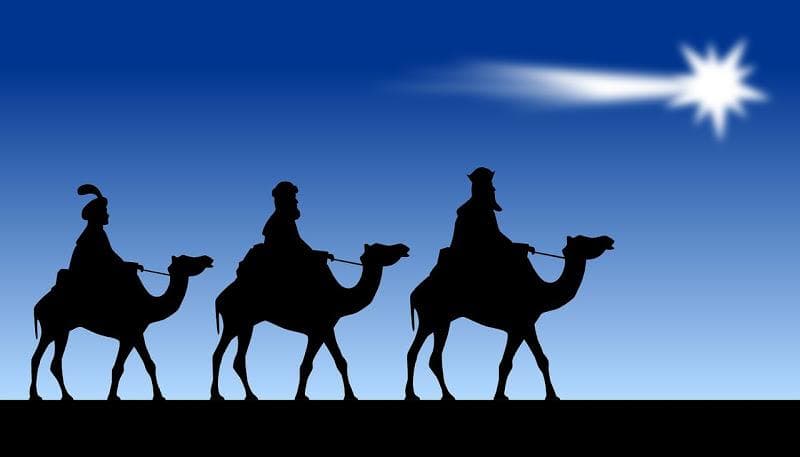-
(#4) 'Amen' Originated In Ancient Egypt
Where did it come from? The term "Amen" most likely comes from the name of the Egyptian god Amun (also called Amun-Ra), a deity who ascended to great power during the New Kingdom Period (1570-1069 BCE). Amun was no more powerful than any other god, but he did not have a fixed meaning attached to him, so people could lend him any characteristic they wanted. This led to him ascending in prominence until he was known as the "King of the Gods."
How was it used? It's believed that the term "Amen" was recycled by Jews who settled in Egypt around 1800 BCE. After spending 400 years in Egypt, they likely picked up the phrase and began using it as a way to end prayers, or simply as admiration for their god.
How is it seen today? Today, "Amen" is still used to close prayers in the Christian community. It has been absorbed into the lexicon of anyone who worships Jesus Christ.
-
(#13) Halloween Started As Samhain
Where did it come from? Halloween began as Samhain, an ancient Celtic festival in Ireland. The festival took place in between summer and winter when it was believed the walls between the tangible and the spirit world were thinly veiled, allowing spirits to pass.
How was it used? The Celtic people honored their departed relatives by burning hearth fires in their homes. When the harvest was completed, people joined Pagan priests to set a community fire that was supposed to represent the sun. Many reports describe the following days as characterized by excessive drinking and indulgent feasts.
How is it seen today? Even though Halloween has become an annual celebration where kids dress up in costumes and collect candy from their neighbors and adults tell spooky stories and share spirit-themed drinks into the wee hours of the night, the holiday still has some of that old magic. Both Halloween and Samhain share a tradition of pranking and mischief. The religious influence depends on whether you believe in the Christian devil or someone else's evildoer.
-
(#10) Vestments Were Initially Just Regular Clothing
Where did it come from? Vestments, or robes, got their start as simple articles of clothing that were not restricting but also allowed the wearer to be covered from the sun. As fashions changed, Pagan priests adopted robes as a way to signify both their position of power and to let their congregation know their church was in session.
How was it used? Pagan robes were worn throughout history as a way for priests to differentiate themselves from their flocks. In some practices, different color robes exist to indicate the level of knowledge that a Pagan priest has. Some robes even correspond to the season.
How is it seen today? Robes are now a fairly common style of dress in the Catholic faith. According to one Catholic priest, priests wear them to "dignify the office of the priest and dignify and beautify the celebration of Mass."
-
(#12) Steeples Represent The Masculine Entering The Feminine
Where did it come from? Ancient religions have been building steeples, spires, and obelisks - or "sun pillars" - on top of their places of worship for centuries. Scholars believe the points on top of a church or temple originated in ancient Babylonian and Egyptian societies, although it's unclear if this is truly where the architectural trend began.
How was it used? It's believed that spires and obelisks are manifestations of the masculine and physical nature of the world penetrating the feminine and spiritual world. They also differentiate a place of worship from a run-of-the-mill building.
How is it seen today? It's believed that architects started adding steeples to churches around the 12th century, though the exact date Christians began adapting this aspect of Pagan architecture is unknown. During America's colonial era, steeples were brought to the states by Christopher Wren, and they've remained synonymous with Christianity in US culture until recent years.
-
(#1) The Ichthys Fish Got Its Start In Ancient Greece
Where did it come from? Ichthys is a Greek word that became an acronym for "Iesous Christos Theou Yios Soter," which translates to "Jesus Christ, Son of God, Savior." The acronym was created after Christians decided to use this pagan fertility symbol as a part of their worship. Ichthys - or Ichthus, as it's sometimes written - originally represented goddesses like Atargatis.
How was it used? The Ichthys represents life, which is why it has a yonic shape. It's also seen as a symbol of the regenerative properties of the womb. Scholars note that the emblem has been used as far back as 6000 BCE.
How is it seen today? The Ichthys is now most commonly known as the "Jesus fish." It was used by Christians to avoid persecution in the Roman empire - if a Christian drew an arch in the sand and a stranger completed the arch, it meant they were both followers of Christ and safe in each other's company. Today it can be found on bumper stickers, license plates, and other Christian merchandise. The Jesus fish caught on in the 1970s and its popularity has only increased.
-
(#2) The Cross Represents A Multitude Of Deities
Where did it come from? Pagan cultures began using the cross long before Christianity. Ancient Egyptians used the cross-shaped ankh, a symbol representing life, and Pagans interpret the cross as the symbol of Bacchus. Since the cross is so simple and easy to replicate, it has been popular in many cultures throughout history.
How was it used? Crosses were posted near areas where Pagan worshippers congregated. They were carved into rocks and walls to represent various sun gods. After the Roman conquest of Europe, the symbol was adopted by members of the Christian faith. Initially, it was drawn as an X, but it was later formed into what we now know as the Cross.
How is it seen today? The cross is one of the most valuable symbols to those of the Christian faith. It draws meaning from Christ's sacrifice on a cross. It is seen as an emblem of Christians' willingness to be humble. If you've watched a horror movie that deals with exorcism, you've also seen the cross used to repel anything that threatens humanity - from The Exorcist to The Chilling Adventures of Sabrina.
New Random Displays Display All By Ranking
About This Tool
Christian symbols include objects or behaviors that imply Christian views. Christianity borrowed the most common and important symbols from all over the world and in different periods, including some pagan symbols. Religious symbols are very effective in calling for wisdom and emotion. As one of the most widely known Christian symbols in the world today, the cross has been used to represent the gods in the earliest period.
The random tool lists 13 common symbols in modern Christianity that were pagan symbols in history, such as the ichthys fish, the traditional church structure, and more religious elements that you never know.
Our data comes from Ranker, If you want to participate in the ranking of items displayed on this page, please click here.
















